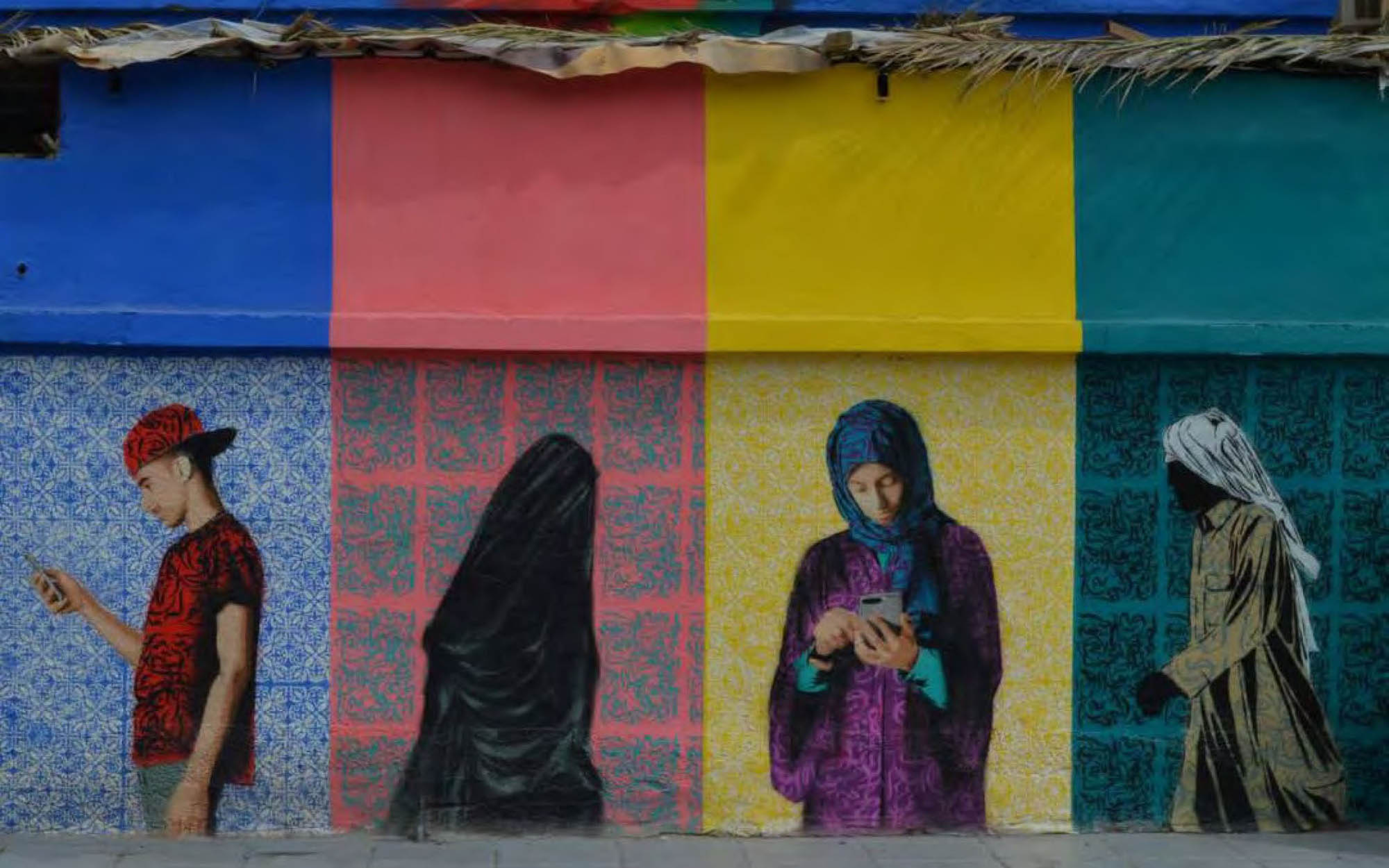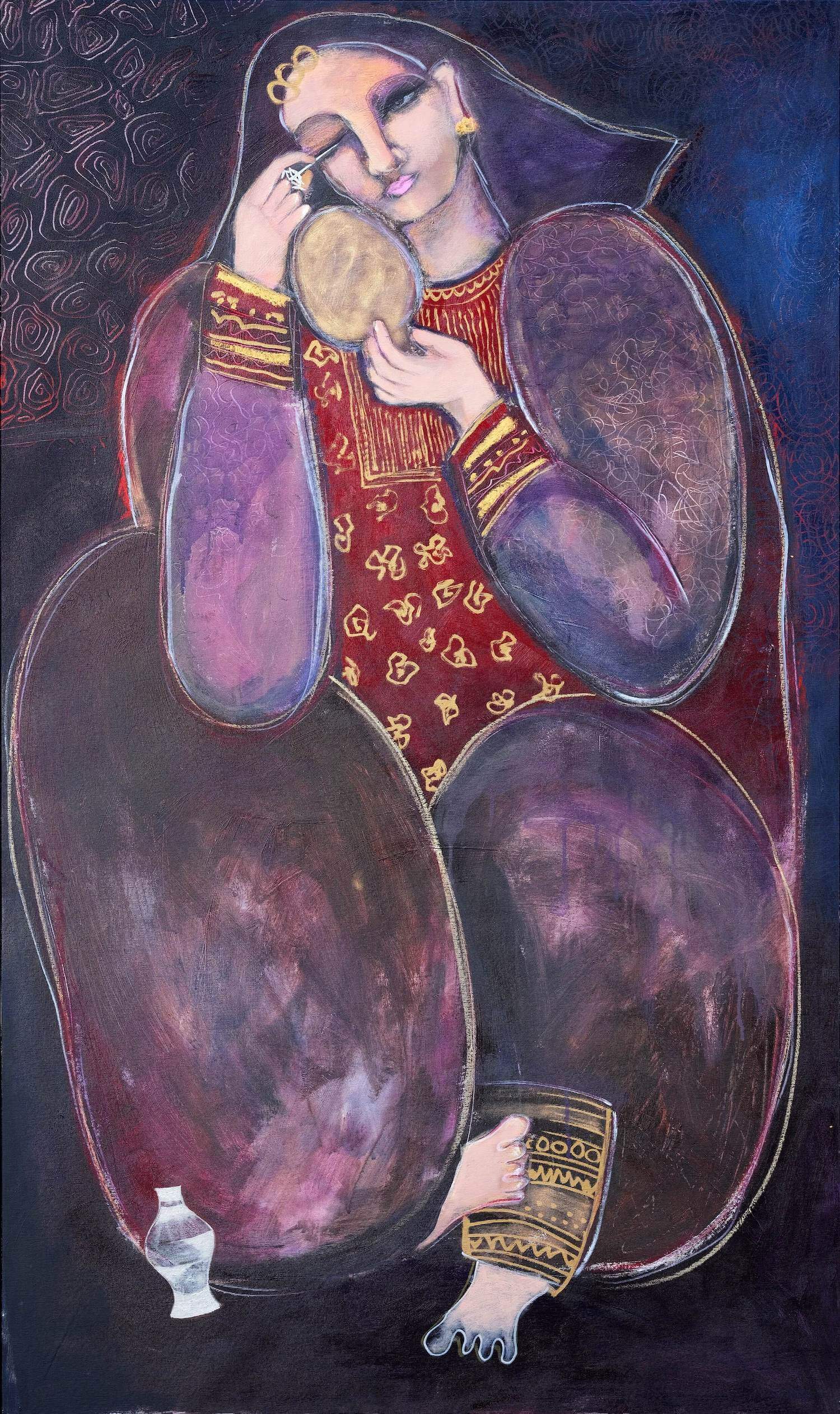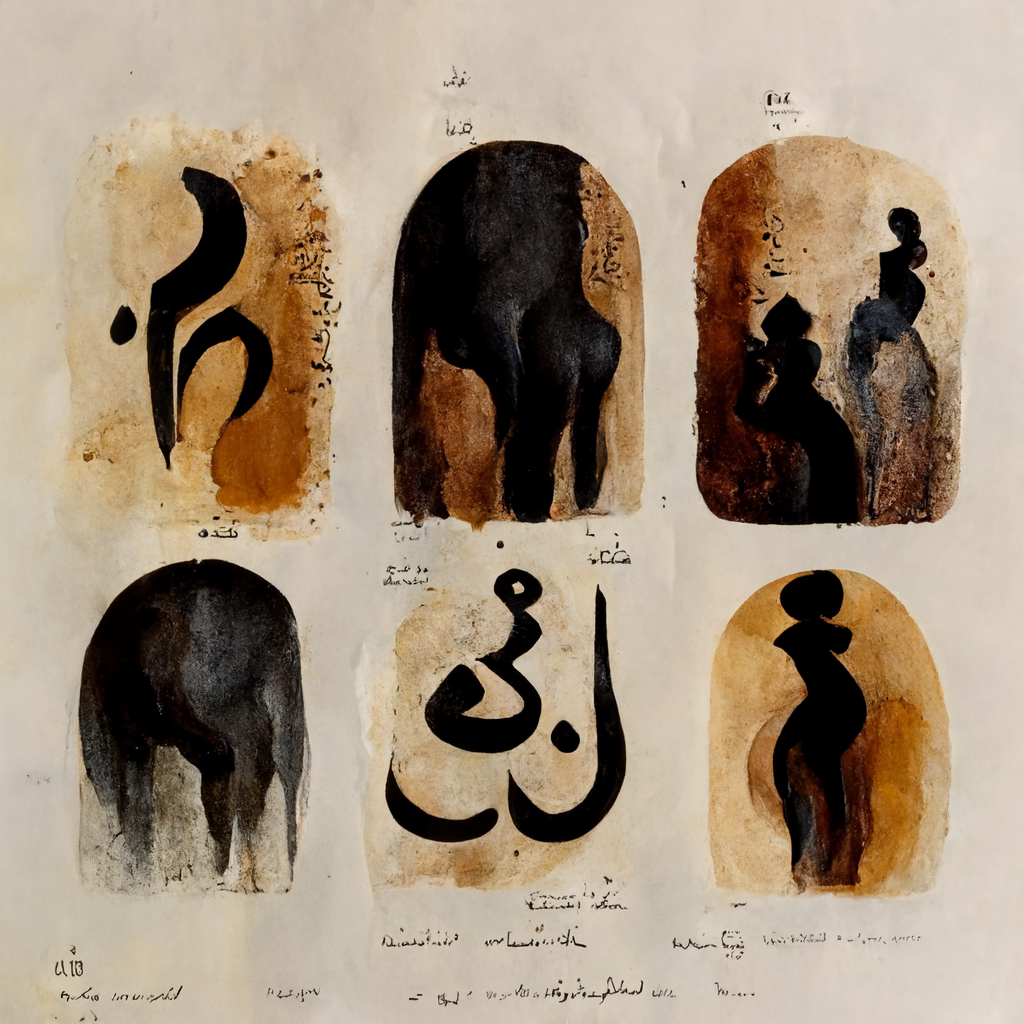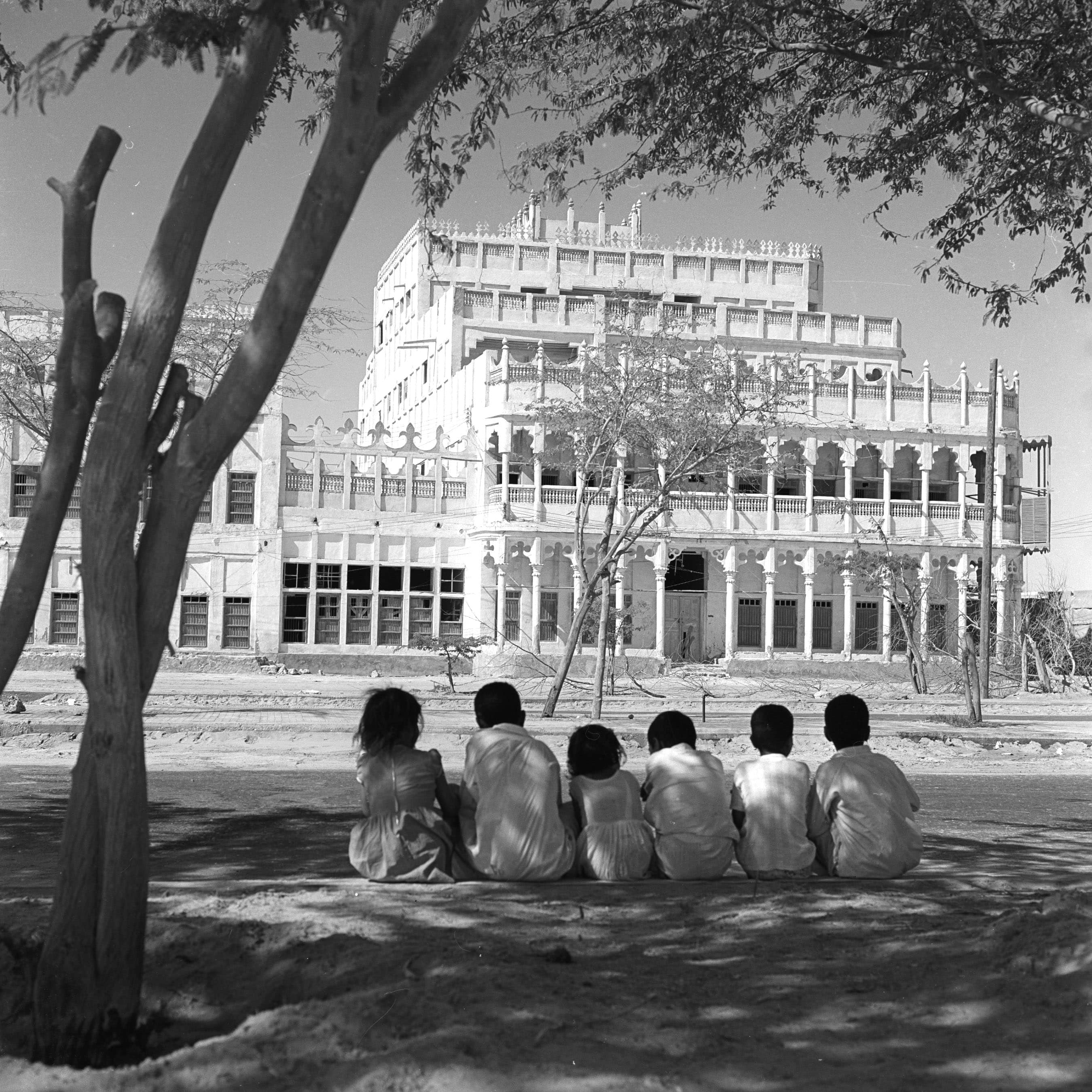Al-Sharqiya Artists Get Creative
Winning postcard titled ‘Passion is Eastern and my Heart Loves (Eastern/Al-Sharqiya)’ by Taraf Al-Daham.
What is life without art? Perhaps a far less creative one.
As we celebrate ‘creativity’ through Tanween — Ithra’s Creativity Season — together with the community led Alsharqiya Gets Creative initiative, we pay homage to the vast and diverse artists of Al-Sharqiya, and their creative contributions to the world of art and history.
Ithraeyat since its inception during the COVID era in March 2020, has featured over 400+ artists, amongst them several important figures from Al-Sharqiya, such as Tagreed Al-Bagshi on the cover of our debut issue, Zaman Jassim, Zeinab Al-Mahoozi, Mohammad Al-Faraj, Awatef Al-Safwan and other timeless talents.
We sit with Dr. Kumail Al-Musaly, who besides working at Ithra as a curator and is an artist himself, also heads the Qatif Art Group. He shares his views with Ithraeyat on the long history of artistic endeavors in Al-Sharqiya and the important artists we should all know and honor, along with all the new creatives that are making their mark on the cultural scene.

Tagreed Al-Bagshi's artwork.
It is called the Qatif Art Group. It was established in 1997 by a selection of artists who mainly graduated from the Art Education Institute in Riyadh. Their dream was to convert this knowledge they had and pass it on since there were no art schools back then available to everyone. This group has since then become an art club with several disciplines including photography, calligraphy, cartoon, architecture, films, and art. Each of these has its own group.
The art group was established with just 10 members and now has more than 120 members. The objective of the association is to provide a platform for artists to exchange knowledge and share their views and also provide a space for workshops, lectures, and exhibits. The aim is to develop the community through art. The association has been an important part of the community and has contributed to social development in many different activities. The association has helped many local artists to gain recognition and even opened up opportunities for some of them.
It is very interesting to notice the socio-economical development of the area and its reflection on people. The history of this region is known by the civilizations that passed through it. The evidence is tangible in the archeological sites that still exist and also the antiquities we see in the museums. We can tie this with the crafts that some families carry with them that became their last name - from pottery making to matting, to weaving, to dhow making and so on. I believe this has influenced this generation of artists, first to transfer the skill to something associated with today's general consumption, and linked to cultural development and affirming identity.
We have several artists that are worth reflecting over. It is not only for their production and art style, but for their contribution on so many different levels whether by writing, organizing art exhibits and competitions, being available and generous with the information, and mentoring young artists. We can start with Abdulrahman Al-Sulaiman, Ali Al-Saffar, Mohammed Al-Musally, Zaman Jassim, Abduladeem Shaly, Abdulhameed Al-Bagshy, Tawfeeq Al-Humaidi, Sami Al-Hussain, Muneer Al-Hijjy, and the list can go on.
This region was very fortunate in the 1990s, as there was an Egyptian female artist who lived here named Suhair Al-Johary. She started training female artists professionally and gave access to the scarce knowledge and high skills that she had which opened the door to several artists we see today such as Hamida Alsinan and Mahdiya Al-Talib.
I grew up in an art studio since my father is an artist. He believed in art so much that he always brought me and my brother to any art event or lecture or workshop. We would always be involved in any activity he participated in to support and help him, as well as learn from him. So, once I graduated from high school I decided to study art and I joined Art Education at King Saud University in 2003. It was an amazing journey that I was able to work and learn from the best artists in Saudi Arabia and also go through so many different forms of art and expand my knowledge about them.
My experience with art has been very broad and I have worked in different fields of art such as illustration, graphic design, ceramic, woodwork, weaving, and even teaching. I also learned that a good artist is not only someone who can draw or paint, but also someone who understands the meaning of art, its purpose, and how it affects people. This is what makes them exceptional in their field of work. With all the possibilities that art provides, there is something about painting that always brings me to it, regardless of the topic and theme. When you face a blank canvas, the story becomes different, especially as I do not like to prepare, I love to improvise. This could be associated with my childhood since drawing and painting is the first expression method a child uses after crying.

I want readers to realize that Al-Sharqiya is an area full of culture, heritage, and history which was once one of the main trade routes connecting ancient civilizations in Mesopotamia and the Mediterranean Sea. It is famous for its ceramic pottery and dishes which are still produced by local craftsmen using traditional methods. I want readers to visit Al-Sharqiya, explore its beautiful landscapes, and experience the local culture.
We thank you all for your creativity, and please enjoy rediscovering the beauty and the culture of Al-Sharqiya, and one place you can start, is through this wonderful cultural guide.

One of Zeinab Al-Mahoozi's most recognizable street art in old Khobar.


